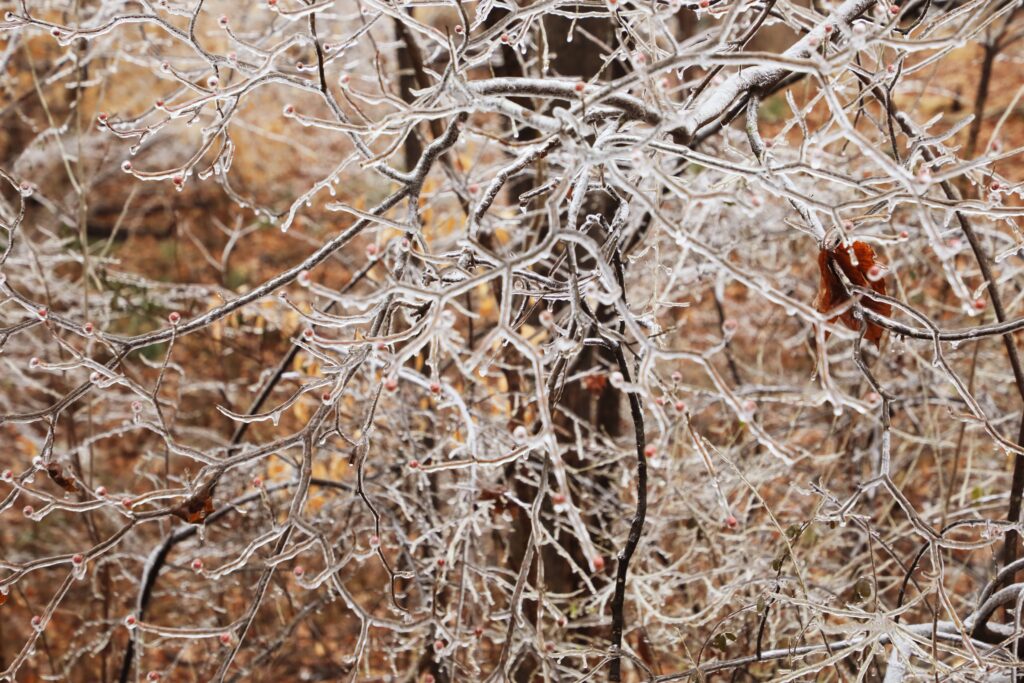Journal entry from 2/15/2021

I have always felt best in school and life when I’ve had plenty of structure. I thrive when I can know something clearly through what I see, feel, hear and touch. When it comes to environment, especially, I appreciate knowing what’s coming. I think that’s why I like winter so much more than any other season. It is the most structured of the seasons in that it is visually and tactilely distinct in a way other seasons aren’t. Spring and summer share much of the same feelings–the brush of fresh grass, the smell of new vegetation–and in North Carolina, fall blends into summer with increasing ease. Winter has experienced the same seasonal blending phenomena as the planet has warmed and weather systems have destabilized. But, when I feel frost crunch under foot when I step outside, or when I can feel the cold creep of Raynaud’s disease reaching down my fingers, even with the thickest mittens, I know it is winter. That knowing feeling is driven to my core whenever I wake up and see fresh snowfall. I will always love new snow because it so radically alters the landscape yet offers a deep environmental–and seasonal–certainty. If there is snow then winter is not entirely gone. I know that it is winter because I can see that it is winter and I find great comfort in that proper seasonal presentation.
I didn’t get nearly enough snow for my liking growing up in DC, and I’ve gotten even less since moving south to Greensboro. In the two and a half semesters I’ve spent at Guilford I haven’t seen any measurable snowfall. By mid February of this year, I had resigned myself to the fact that I was likely to face a winter without snow (is it even winter at all?). When the breakdown of the gulf stream-induced ice storm hit North Carolina, I figured I could accept a smattering of ice and snow as a consolation prize.
I woke that morning to glistening trees and no power, which I didn’t realize until I was met with a cold shower and no heat after a wet, chilly romp in the woods. After seeing the trees out my window festooned in ice I got outside as quickly as I could. Frozen things don’t last long in the south, and I didn’t want to miss seeing the woods frosty. I did not expect to be as affected by the beauty of the woods covered in ice as I was. I was especially struck after I got to my habitation journal spot in the Loblolly pine stand.
About three years ago, I planned a short weekend backpacking trip with my friend Ellie on a stretch of the Appalachian Trail we had hiked numerous times before. It was a weekend in early February, and we both wanted a familiar, easy to plan trek. We figured the midwinter snow in the northern Appalachians would provide something new. We planned an 18 mile hike for our first day and 10 the second. At our normal pace, we would’ve had no trouble, but we didn’t account for the slowing effect of hiking through snow. We also didn’t realize just how cold it gets on Appalachian ridges in February. We stopped for a quick lunch in a hollow on our first day after hiking for a few hours. I pawed some trail mix and mint Clif bars out of my pack and we gnawed on our frozen snacks for a few minutes in silence. Then, nearly in unison, we looked at each other shivering and agreed that if we didn’t start moving we’d freeze.
We didn’t stop for the next 12 miles and hiked with as much vigor as possible to keep and retain warmth. I don’t know if I’ve ever been more thoroughly chilled. I remember that as an incredibly unique and beautiful hike though, because every inch of vegetation was covered in a quarter to a half inch of ice. As the sun sank into the ridges to the west the ice reflected golds and silvers, and unexpected greens and blues, too.
I never saw ice so completely envelop a place like that again until this winter’s ice storm in Greensboro. The Loblolly aren’t quite the same as the scrub pines that hug northern Virginia ridgetops, but when their needles are covered in ice they throw light in exactly the same way. The unexpectedness of that connection was both flooring and reassuring. The seasonal structure that I crave is not present in Greensboro, but when the visual and tactile markers of winter do visit, they are all the more powerful.